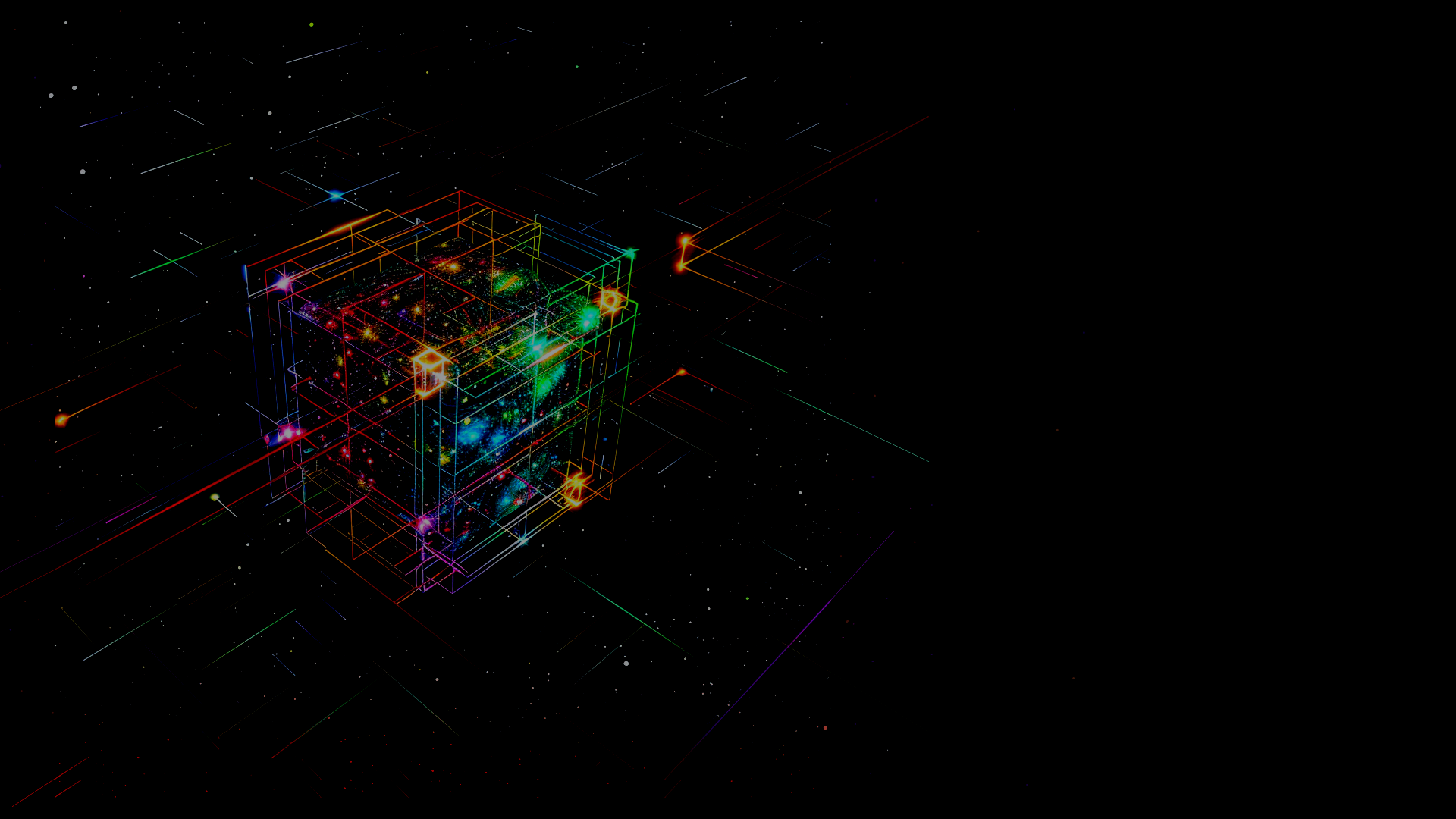Various topics about Whispers of Prague.
How did you use AI in the development of the game?
It might be good to start by explaining that AI is a helpful tool for us, not the main foundation upon which the game is built. Although it is possible nowadays to use AI technologies for generating code, graphics, music, and videos, we only used them for the backgrounds of most scenes in Whispers of Prague, and even then, it was not a straightforward process. I could describe it like this:
- At the beginning, there is extensive work with the generator, whether it’s Midjourney, Stable Diffusion, or other similar tools. Usually, we need to generate several dozen drafts before we get something that even remotely matches our vision.
- In the second step, we manually edit the draft. Many details need to be adjusted, and almost always additional elements must be added so that the resulting scene fits the overall style of the game. At this stage, we also consider how the scene will be affected by light sources and other visual effects to enhance its dynamism.
- In the final phase, we integrate the resulting scene into the game system and add scripts responsible for dynamic elements. A good example is glowing lamps, whose flickering light affects other objects using a light map, or more advanced effects using shaders – rain on the street or behind the window of a ruined chapel, thunder and lightning, candle flames, chandeliers controlled by a switch, the light cone of a flashlight, and many others.
It could be said that the AI’s contribution to the graphics seen in the game is about 30%. In other words, there is nothing that is purely the product of an AI generator. As we mentioned at the beginning, AI is merely a tool that makes our work easier, not something that completely replaces certain roles in the team.
All other aspects of the game are 100% created manually. This includes the source code, a soundtrack with 34 original compositions, sound effects, other graphic elements, the story, and the dialogues.
Why didn’t you prefer to create all the graphics by hand?
Our game is somewhat of a proof of concept. We are a small studio and wanted to see what could be created by just two people in one year. So, we created the first scene, added controls, incorporated more scenes and dialogues, and suddenly, we liked the whole project so much that we decided to turn it into a full-fledged point-and-click adventure game. After nine months of work, we have a finished game that includes:
- 5 chapters + epilogue + multiple intros, outros and cutstenes.
- 73 scenes.
- 38 characters to interact with.
- 34 songs on the soundtrack.
- More than 500 pages of text, nearly a million characters.
We managed all this without having to bring additional people onto the team and thereby increasing costs.
Just consider how many projects are completed with years of delays or never finished at all due to budget issues or critical team members leaving at crucial moments. Our solution was definitely a very interesting experience. And whether we like it or not, the share of AI in the creation of (not only) games will increase every year. Instead of rejecting new technologies, it is certainly wiser to adapt and seek new ways to utilize them.
It has definitely shown that AI is not omnipotent and will not be able to do everything for a long time. If Whispers of Prague becomes a successful game, we would be happy to collaborate with a skilled graphic artist on our next project to distribute the workload more evenly among team members. As two people, we divided the tasks as follows:
- Programming + graphics + visual and sound effects
- Programming + music + text (bilingual) + story + sound effects
So far, it has worked quite well for us, but this setup is likely not sustainable for larger projects. The future will show what opportunities will open up for us.
You know, in our opinion, a game should primarily be playable and fun, regardless of how it was created. Dismissing it just because it contains parts created with the help of AI is quite short-sighted and often based on misconceptions. What about the source code? How can you tell how much of the game’s code was written with significant AI assistance, generating complete classes and functions based on other programmers’ code? It’s clear that opinions like “this game looks like it was made by AI, so I’ll never play it” will arise, but we can handle that.
